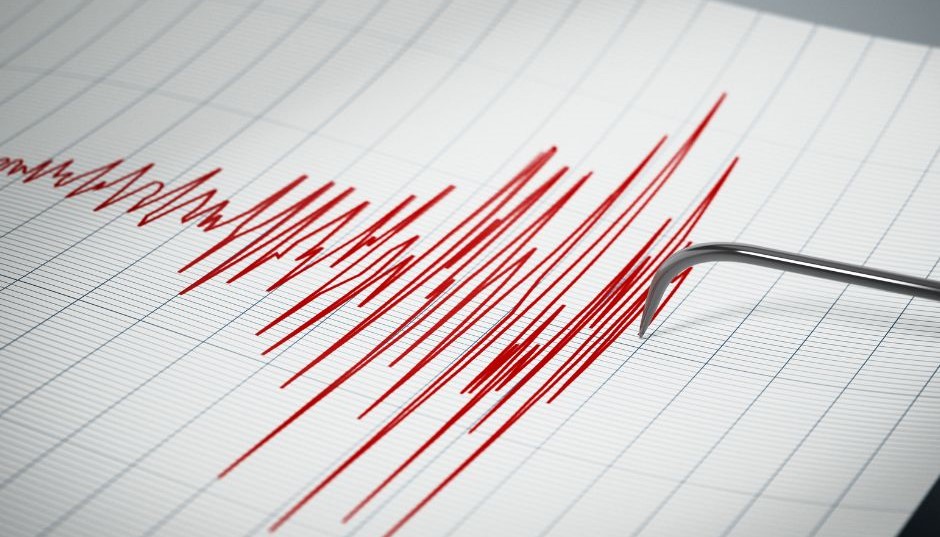On Thursday at 10:17 a.m., communities across Southern California will participate in the Great California ShakeOut, a statewide earthquake drill designed to promote earthquake preparedness.
As residents of the First District — where the San Andreas Fault runs through Hesperia, the Cajon Pass and into Wrightwood — it’s crucial to understand the importance of being prepared for a potential major earthquake.
The San Andreas Fault is a major tectonic fault that stretches for approximately 800 miles through California. It marks the boundary between the Pacific Plate and the North American Plate. Scientists agree that a major earthquake on this fault is inevitable, and it could have devastating consequences for our communities if we aren’t prepared.
Why Prepare for an Earthquake?
Being prepared can significantly reduce the risk of injury or death during an earthquake. Here are some key reasons why it’s important to be prepared:
- Protection from Injury: Earthquakes can cause buildings to collapse, objects to fall, and fires to break out. Being prepared can help you protect yourself and your loved ones from these hazards.
- Minimizing Property Damage: Taking steps to secure your home and belongings can help reduce property damage during an earthquake.
- Ensuring a Quick Recovery: Being prepared can help you recover more quickly from an earthquake by having essential supplies and a plan in place.
Tips for Earthquake Safety
Here are some practical tips for earthquake safety:
- Drop, Cover, and Hold On: If you feel an earthquake, immediately drop to the ground, cover your head and neck with your arms, and hold on to a sturdy object.
- Stay Away from Windows: Glass can shatter during an earthquake, so stay away from windows.
- Be Cautious of Falling Objects: Be aware of your surroundings and watch out for falling objects, such as bookshelves or ceiling lights. If possible secure all large furniture items that may fall with straps beforehand.
- Evacuate if Necessary: If you’re in a building that is damaged or unstable, evacuate as quickly and safely as possible.
Creating a Safety Plan
A safety plan can help you stay organized and prepared in the event of an earthquake. Here are some key elements to include in your plan:
- Emergency Contacts: Make a list of emergency contacts, including family members, friends, and neighbors.
- Disaster Supplies: Assemble a disaster kit with essential supplies, such as food, water, first aid supplies, and a flashlight.
- Evacuation Routes: Identify safe evacuation routes from your home, work, and school.
- Meeting Place: Determine a designated meeting place for your family in case you are separated during an earthquake.
What to Do Immediately Following a Large Earthquake
If you experience a large earthquake, it’s important to know what to do immediately following the shaking. Here are some key steps:
- Check for Injuries: Check yourself and others for injuries.
- Turn Off Utilities: If it’s safe to do so, turn off the gas, water, and electricity at the main shutoff valves.
- Avoid Damaged Areas: Stay away from damaged buildings and power lines.
- Communicate with Loved Ones: Let your family and friends know that you are safe.
Additional Tips and Resources
- Practice Regularly: The best way to prepare for an earthquake is to practice your safety plan regularly.
- Stay Informed: Stay up-to-date on earthquake preparedness information by following local news and government agencies.
- Get Involved: Volunteer with your local emergency management agency or community organization such as CERT to help promote earthquake preparedness.
For more information on earthquake preparedness, please visit the following websites:
- San Bernardino County: Preparedness Starts Here
- California Governor’s Office of Emergency Services
- United States Geological Survey (USGS)
- Federal Emergency Management Agency (FEMA)
By taking the necessary steps to prepare for an earthquake, you can help protect yourself, your loved ones, and your community.
